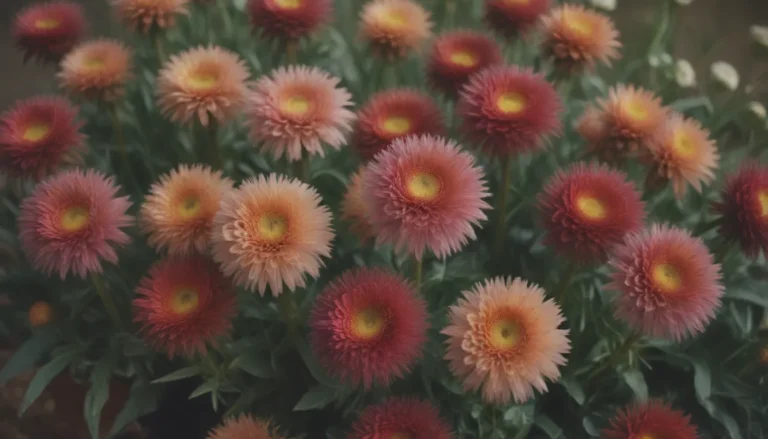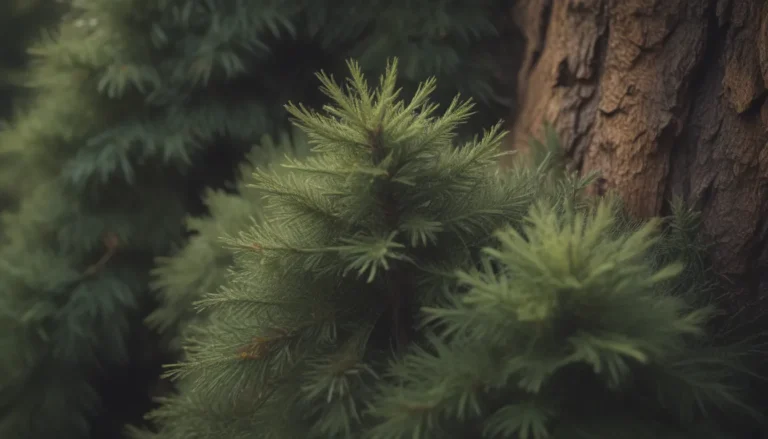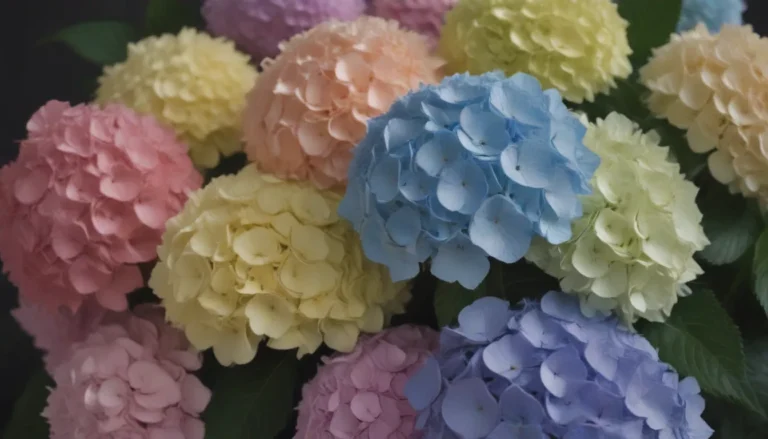The Ultimate Guide to Growing and Caring for Weigela Bushes

Weigela bushes may not be as well-known as lilacs or azaleas, but they are making a comeback as a popular choice in ornamental landscaping. These shrubs, members of the honeysuckle family, are native to Asia and are known for their vibrant green foliage and petite flowers that bloom in early summer, attracting hummingbirds and butterflies to your garden. With new cultivars like Weigela florida leading the way, these bushes are becoming a favorite among gardeners.
The History of Weigela Care
The name “Weigela” comes from a German scientist named Christian Ehrenfried Weigel, while the “florida” part refers to the abundance of flowers the plant produces. Weigela bushes are relatively easy to care for and can reward you with light pink blooms, although some cultivars may have red or white flowers. They can make great foundation plants or serve as specimens in a garden, especially those with variegated foliage or unique leaf colors.
Enthusiasts of wildlife will be pleased to know that Weigela bushes are not only great for attracting hummingbirds but also butterflies. For those looking for privacy in their landscape, planting several of these shrubs in a row can create a hedge for summertime seclusion.
Light Requirements
Weigela bushes thrive in sunlight and should be planted in an area that receives at least eight to ten hours of direct light per day. While they can tolerate some shade in hot climates, they should not be grown in full shade as this may prevent them from blooming.
Soil Conditions
Weigela bushes can adapt to various soil types but prefer a moist, well-draining mixture. Plant them in a location where they have room to grow both above and below the surface without crowding. A slightly acidic to alkaline soil with a pH level between 5.5 and 7.5 is ideal for their growth.
Watering
When establishing your Weigela bush, make sure to provide consistent deep waterings. Once mature, they can usually get enough water from rainfall, but in hot or dry summers, consider watering them occasionally to keep them healthy.
Temperature and Humidity
Weigela bushes are hardy and can thrive in a wide range of climates within their USDA hardiness zones. They do not have specific humidity requirements, making them easy to care for in various environments.
Fertilizing
To promote healthy growth, fertilize your Weigela bush once a year in the spring before new growth appears. You can use a balanced liquid fertilizer or slow-release pellets for best results.
Popular Weigela Varieties
While old-fashioned Weigela bushes were prized for their blossoms, new cultivars offer interesting choices for foliage as well. Some popular varieties include:
- W. Variegata: Featuring variegated foliage
- W. Alexandra: Known for unique leaf colors
- W. MonRigney: A favorite among gardeners
Pruning Tips for Weigela Bushes
Weigela bushes typically have a natural form that many growers appreciate, so pruning is not always necessary. If you do decide to prune, do so right after the bush has flowered for the season. Since these shrubs bloom on old wood, delaying pruning may result in the removal of flower buds, leading to fewer blooms the following year.
Dealing with Pests and Diseases
Weigela bushes are generally pest-resistant, but they can occasionally be bothered by aphids, spider mites, or scale insects. If you notice an infestation, treat the plant promptly with a natural insecticide or horticultural oil like neem oil. Alternatively, you can remove pests by spraying the plant with water, although this may affect the blooms if they have just bloomed.
In conclusion, Weigela bushes are a fantastic addition to any landscape, offering vibrant blooms, attractive foliage, and the ability to attract wildlife. By following the care tips outlined in this guide, you can ensure that your Weigela bushes thrive and continue to beautify your garden for years to come.





